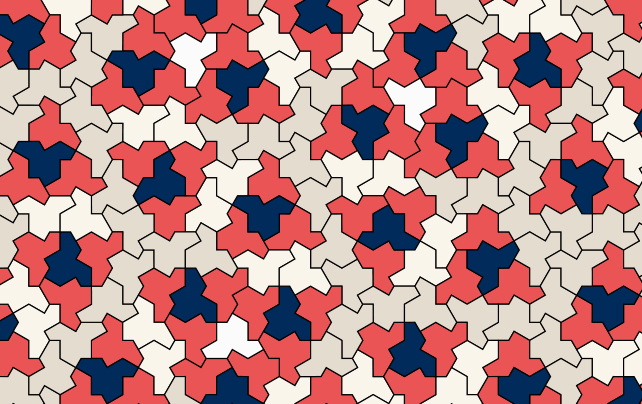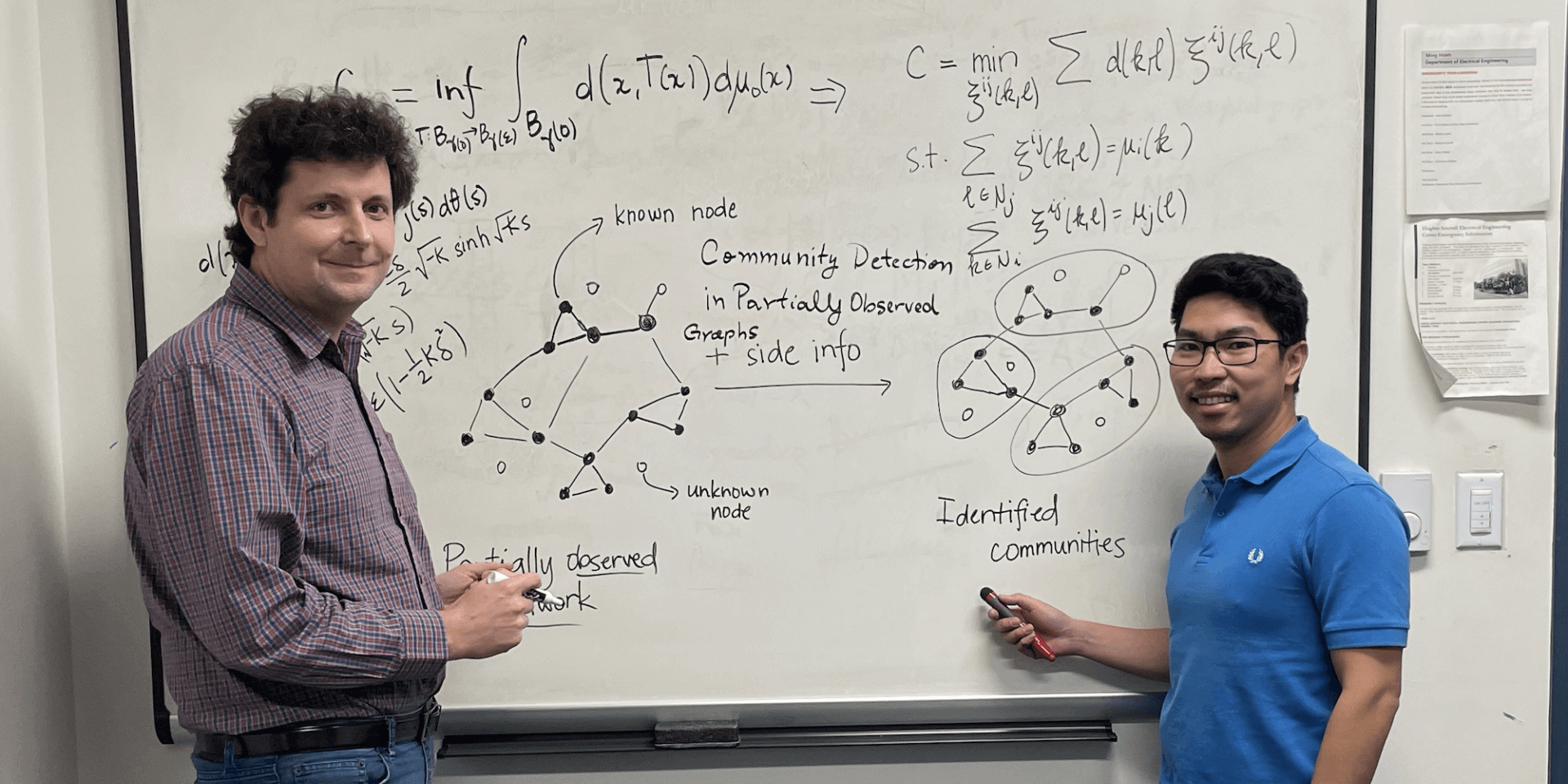This Surprisingly Easy Form Solves a Longstanding Mathematical Drawback : ScienceAlert

A bunch of mathematicians has unveiled a model new 13-sided form they’ve merely referred to as ‘the hat’.
Do not let the quite mundane description idiot you although. This hat (which seems a bit like a fedora) is subsequent season’s must-have trend merchandise, in a position to be tiled throughout a aircraft to create patterns that by no means repeat.
Shapes like these are referred to as aperiodic monotiles, or einsteins. Slotted collectively, it is unattainable to discover a matching association or orientation someplace immediately above or on the identical horizon.
The hat was first recognized by non-professional mathematician and “form hobbyist” David Smith from the UK. He did some tinkering in a form era program earlier than shifting to bodily paper cut-outs.
Enlisting the assistance of lecturers from the College of Waterloo in Canada and the College of Arkansas, Smith was in a position to show the form was certainly an aperiodic monotile by means of using laptop algorithms.

“Aperiodic units of tiles stroll a effective line between order and dysfunction, admitting tilings, however solely these with none translational symmetry, by no means allowing the easy repetition of periodic tiling,” write the members of the group of their paper.
The very first aperiodic set of tiles was found in 1966 and consisted of 20,426 shapes. Through the years, that quantity has come down, and there at the moment are a number of aperiodic units of tiles made up of simply two shapes.
Prior to now although, nobody has provide you with a single tile that matches the standards. It is one thing that many mathematicians have been in search of for the reason that Sixties, which supplies you an concept of the significance of this discovery.
The form can also be a polykite, the title given to shapes made up of multiples of a quadrilateral kite form.
In keeping with the individuals who recognized the hat as an aperiodic monotile, extra discoveries alongside related strains might be on the best way – extra einsteins (not named after the physicist, however quite German for “one stone”) could be on the market ready to be discovered.
“A number of candidate tiles have been proposed as einsteins, however all of them problem indirectly the ideas of ’tile’, ’tiling’, or ‘aperiodic’,” write the researchers.
Whenever you check out the hat, it appears easy sufficient that it might have been more likely to have been discovered a number of a long time in the past – and certainly the researchers themselves name it “virtually mundane in its simplicity”.
The group has additionally launched a brand new methodology for proving the existence of future einsteins, the place numerous permutations of the form are mixed with a purpose to assist set up that they will proceed on endlessly with out turning into symmetrical of their patterns.
It stays to be seen how the hat goes for use by researchers, mathematicians and artists sooner or later – nevertheless it opens up every kind of avenues to discover, not least whether or not or not there’s a finite variety of aperiodic monotiles on the market, ready to be discovered.
“Discovering such a monotile pushes the boundaries of complexity recognized to be achievable by the tiling behaviour of a single closed topological disk,” write the researchers.
The paper describing the brand new hat form has but to be peer reviewed however might be accessed on-line at arXiv.




